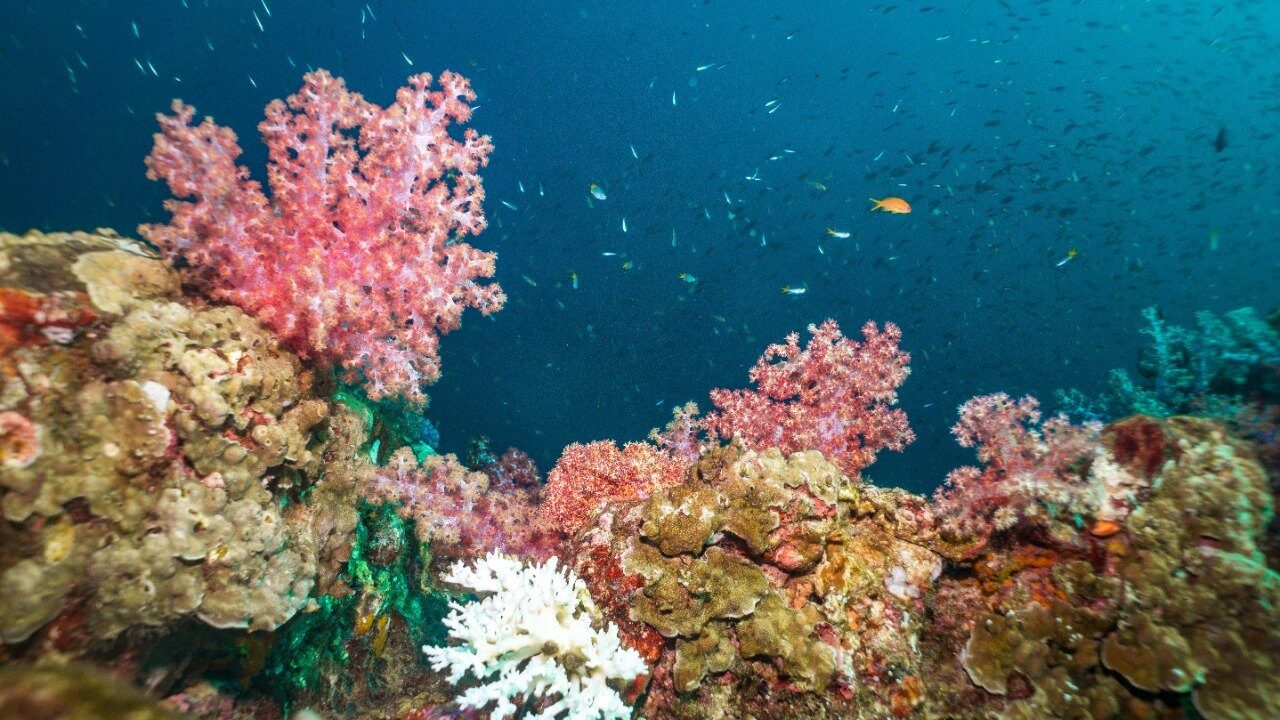
MUMBAI: The Mangrove Cell of Maharashtra, on Thursday, appointed the CSIR-National Institute of Oceanography (NIO), Goa to conduct a baseline study to identify possible zones for coral restoration along the Maharashtra coastline in order to record and identify stressed coral zones as well as the reasons that are stressing the ecosystems.
Corals are animals and relatives of jellyfish, while having plant-like traits. Coral polyps are microscopic organisms with a delicate body. Coral reefs are underwater cities that provide habitat for marine life. The Mangrove Cell inked an agreement with NIO as part of the India–United Nations Development Programme–Green Climate Fund (GOI-UNDP-GCF) initiative titled ‘Enhancing Climate Resilience of India’s Coastal Communities. This one-year project’s purpose is to identify and record stressed coral zones, as well as to highlight the causes of ecosystem stress and work to alleviate stressors. It will also seek for potential donor locations for coral restoration along the Maharashtra coast and on other Indian reefs, as well as suitable specific recipient sites for coral restoration in sub-tidal zones.
According to Virendra Tiwari, Additional Principal Chief Conservator of Forest, Maharashtra Mangrove Cell, the goal of this research is to understand the key biological characteristics of the reef habitat throughout the Maharashtra coast. This will be an important study since corals are amongst the largest carbon sinks. Using remotely operated vehicles (ROVs) and scuba divers, the GPS coordinates of sites with reef formations will be determined, and these sites will be further assessed for the existence of corals and other flora and fauna, as well as their current condition and level of degradation. The same method will be used to choose locations for restoration and regular monitoring.
The survival rate of corals, the method and site of translocation, and the production of high heat-resistant coral colonies, among other things, have all been studied in pilot projects in Lakshadweep, Kutch, and Tamil Nadu. In the previous three-year long Sindhudurg Project in Maharashtra, fragments of corals were extracted and connected to concrete frames with nylon threads — and then left on ocean beds at a depth adequate for their growth. Since 2017, ReefWatch Marine Conservation has transplanted coral pieces on to nine man-made structures totaling 20 square metres in the Andaman Islands as part of a project.

